Neurographic Art
Simple
Mindful Drawing
for Creativity and Calm
Neurographic Art is a practice you’ll love if you’re like me and believe creativity should nurture both the hands and the spirit. This approachable, calming style of mindful doodling invites everyone with or without an artistic calling to enjoy the process of making lines, letting your mind wander, and watching surprising, beautiful patterns unfold on the page.
Where It All Begins:
Neurographica® and Its Inventor
Let’s start with a bit of context. Neurographic Art gained new popularity in 2014 when Pavel Piskarev, a Russian psychologist and architect, shared his version of the method, which he named “Neurographica®.”
With his background in both art and science, Piskarev created a set of simple step-by-step instructions designed to help anyone use drawing as a tool for relaxation, insight, and even gentle transformation. But, while his systematized process is new, he didn’t actually invent doodling or the instinct to draw meandering, interconnected lines.
People have explored line and shape as expressive marks for centuries, sometimes without even realizing it was artful. Remember your childhood doodles? Simply put, Neurographic Art shines a creative, mindful spotlight on a classic, universal human impulse.
How Neurographic Art Works
You don’t need fancy supplies, magical talent, or even a plan. The basic steps are honest-to-goodness simple:
What You’ll Need:
- Plain paper (or a sketchbook)
- A black fine liner marker
- Optional: colored pencils or markers
- A calm space to relax and draw
Step 1: Flow Lines - Let your pen wander! Draw several slow, curving lines that cross and weave
together. No straight lines, no plan.
🌀 Think of it as mapping
your thoughts… let the pen move the way your energy feels.
Step 2: Round the Corners - At each point where lines intersect, round off the sharp
corners.
Smooth them so the lines flow seamlessly.
💫 As you soften the edges
on paper, notice yourself softening inside.
Step 3: Connect and Expand - Add new lines or shapes to link different parts of your
drawing. It’s like building new pathways in your brain.
🔗 Everything in life is
connected and your drawing can be, too.
Step 4: Add Color - Use color intuitively so let
your feelings guide you. There’s no right or wrong way to fill in your shapes. If
you don’t want to add color, that’s OK too.
🎨 Color carries emotion.
You’re bringing your energy to life.
Step 5: Reflect - Take a moment to notice:
- How do you feel now compared to when you started?
- What do you see in your drawing? Is it movement, emotion, connection?
- What message might your art be whispering to you?
- Write your thoughts down on the back or your doodle or in a private journal.
Remember:
There’s no “perfect” result. This is about the journey, not the destination. Every line tells a story and every curve brings calm.
Some days, you might let your mind drift quietly as you draw; other times, you might begin with a specific problem, feeling, or wish, and let your artwork help process what’s on your heart. Either way, there are no wrong choices. There are just opportunities to reflect, pause, and play.
Why Try It?
Benefits for Mind, Mood,
and Creativity
Here’s what I love about Neurographic Art, and why I introduce it in my own creative workshops in my Earmark Creative Studio and membership community:
It’s Naturally Calming: The repetitive motion and gentle focus are like a moving meditation, helping to lower stress and ease anxious thoughts. This works for people (like me) who find it hard to meditate.
Emotionally Insightful: Sometimes emotions settle onto the page before we’ve put words to them which makes this a gentle form of self-care or journaling for visual thinkers.
Accessible to All: There’s zero intimidation factor! You don’t have to be “good at art,” and you certainly won’t find any art police in my studio.
Builds New “Brain Pathways”: One reason Piskarev calls it Neurographica® is the notion of forging new neural connections by trying new hand movements and embracing change, line by line. Powerful stuff!
Just Plain Delightful: Every drawing you make is truly yours because no two ever turn out the same way, and each one reflects the mood, energy, and curiosity you brought to that very moment.
Final Thoughts: A Warm Invitation

Whether you’re a seasoned decorative painter, a die-hard doodler, or you’re new to all things creative, I encourage you to give Neurographic Art a try. Let your pen roam, soften those corners, and welcome whatever emerges.
I’ve seen time and again how these simple lines create calm, spark insight, and bring a gentle joy to the day. I've seen it in my own creative journey, as-well-as in my online membership community, Earmark Creative Studio.
To stay connected and to learn more about this and other creative activities, sign up for my FREE newsletter, The Creative Chronicles.
Here's how to get back to the HOME PAGE.
You Can Paint These Trees and More
Get Your Video Course Now
Introductory Price
Save 30% plus
a Money Back Guarantee
Site Search
| site search by freefind | advanced |
You Can Paint These Trees and More
Get Your Video Course Now
Introductory Price
Save 30% plus
a Money Back Guarantee
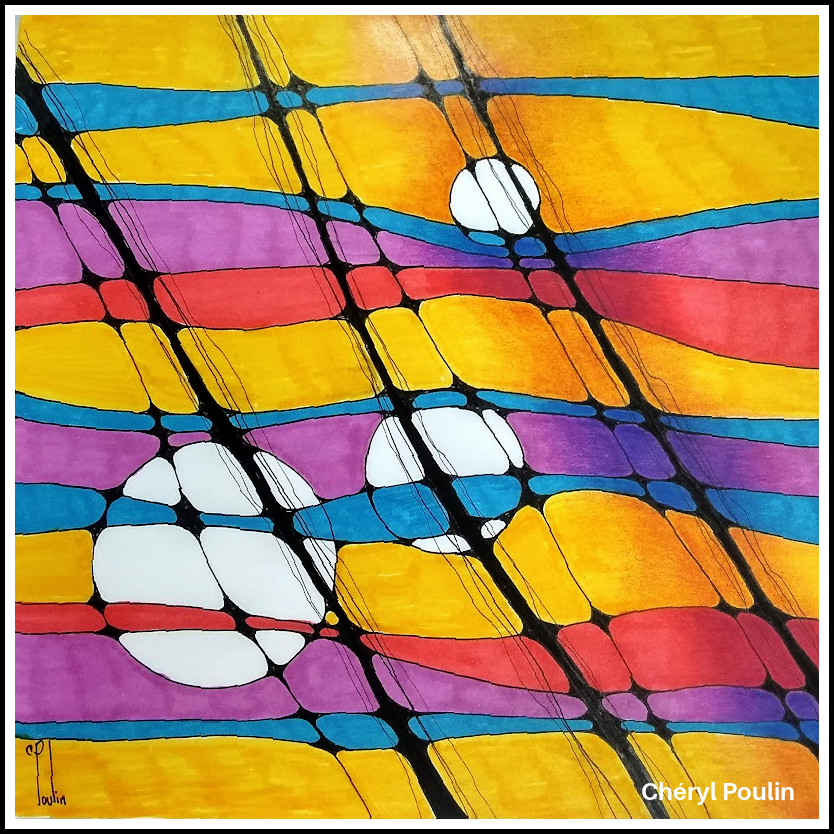
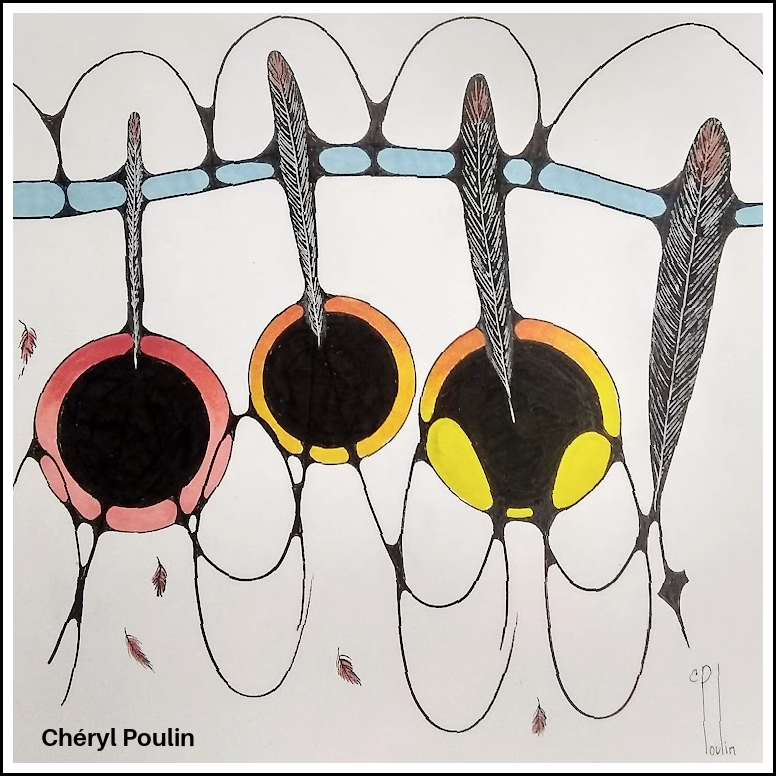
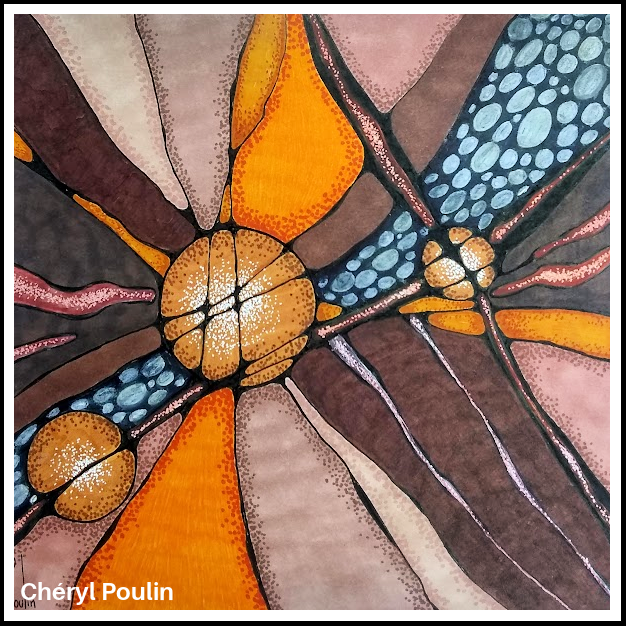
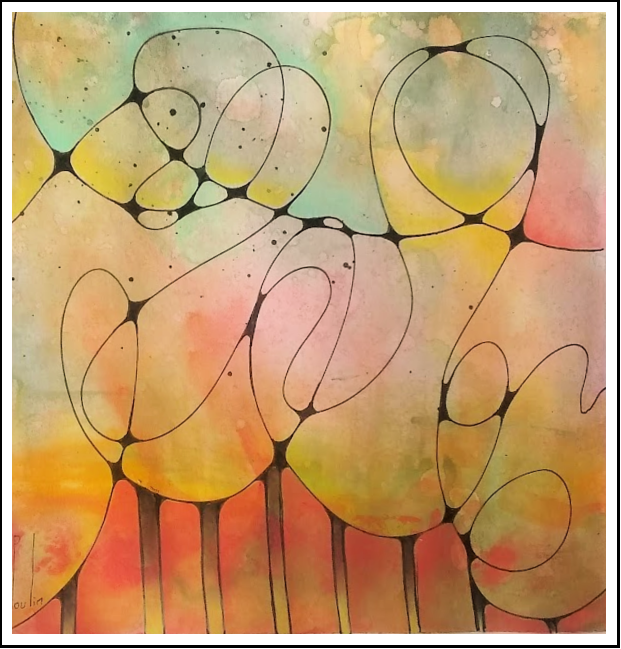
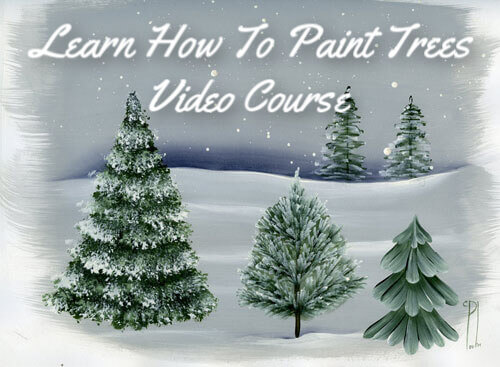
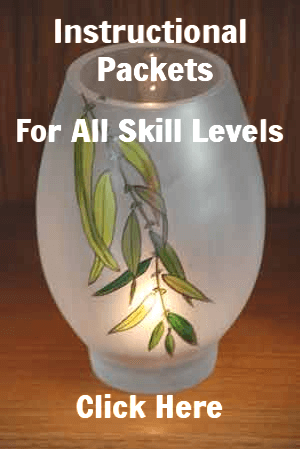












New! Comments
Have your say about what you just read! Leave me a comment in the box below.